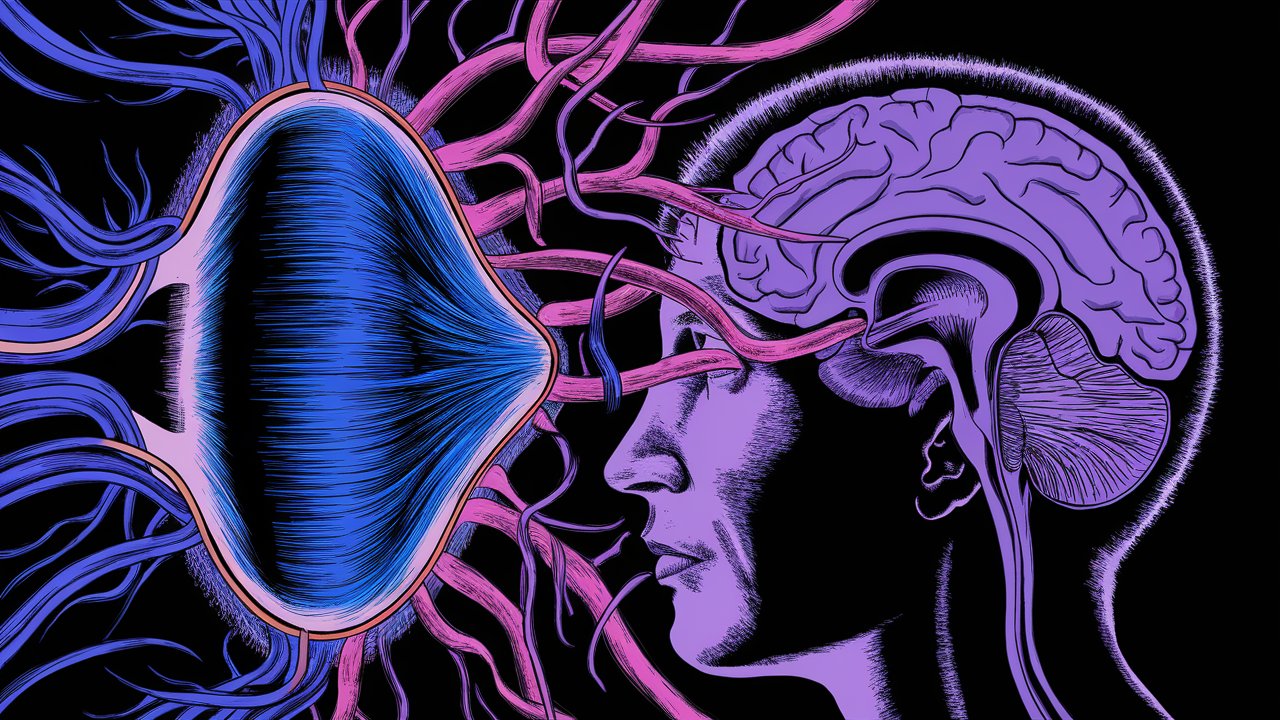
Cranio-Lenticulo-Sutural Dysplasia (CLSD) is a rare genetic disorder that affects the development of bones and connective tissues. Characterized by distinctive facial features, skeletal abnormalities, and eye issues, this condition can be challenging for those affected and their families. Caused by mutations in the SEC23A gene, CLSD disrupts normal protein transport within cells, leading to various physical manifestations. Symptoms often include a large head, wide-set eyes, and delayed closure of skull sutures. While there is no cure, early diagnosis and supportive treatments can improve quality of life. Understanding CLSD is crucial for proper management and support.
What is Cranio-Lenticulo-Sutural Dysplasia?
Cranio-Lenticulo-Sutural Dysplasia (CLSD) is a rare genetic disorder that affects the development of bones, particularly the skull. This condition can lead to various physical abnormalities and developmental delays. Here are some intriguing facts about CLSD.
-
CLSD is caused by mutations in the SEC23A gene, which plays a crucial role in protein transport within cells.
-
The disorder is inherited in an autosomal recessive pattern, meaning both parents must carry the mutated gene for a child to be affected.
-
Symptoms often include delayed closure of the fontanelles, the soft spots on a baby's skull.
-
Individuals with CLSD may have distinctive facial features, such as a broad forehead and widely spaced eyes.
-
The condition can also cause skeletal abnormalities, including short stature and joint problems.
How Does CLSD Affect the Eyes?
CLSD not only impacts bone development but also affects the eyes in various ways. Understanding these effects can help in managing the condition better.
-
People with CLSD often have lenticular opacities, which are cloudy areas in the lens of the eye.
-
These opacities can lead to vision problems, including blurred vision and difficulty focusing.
-
Regular eye exams are crucial for individuals with CLSD to monitor and manage these vision issues.
-
In some cases, corrective lenses or surgery may be needed to improve vision.
What Are the Diagnostic Methods for CLSD?
Early diagnosis of CLSD is essential for managing symptoms and improving quality of life. Here are some methods used to diagnose this condition.
-
Genetic testing can confirm the presence of mutations in the SEC23A gene.
-
Physical examinations often reveal characteristic facial features and skeletal abnormalities.
-
Imaging studies, such as X-rays and MRIs, can help identify bone and joint issues.
-
Eye exams are also important for detecting lenticular opacities and other vision problems.
What Are the Treatment Options for CLSD?
While there is no cure for CLSD, various treatments can help manage the symptoms and improve the quality of life for those affected.
-
Physical therapy can help improve mobility and strengthen muscles.
-
Occupational therapy can assist with daily activities and enhance fine motor skills.
-
Regular monitoring by a team of specialists, including geneticists, orthopedists, and ophthalmologists, is crucial.
-
In some cases, surgical interventions may be necessary to correct skeletal abnormalities.
How Does CLSD Impact Daily Life?
Living with CLSD can present various challenges, but understanding these can help in providing better support and care.
-
Children with CLSD may experience developmental delays and require special education services.
-
Social support from family, friends, and support groups can make a significant difference in coping with the condition.
-
Ongoing medical care and regular check-ups are essential to monitor and manage the symptoms effectively.
Final Thoughts on Cranio-Lenticulo-Sutural Dysplasia
Cranio-Lenticulo-Sutural Dysplasia (CLSD) is a rare genetic disorder that affects bone development, particularly in the skull. Understanding CLSD is crucial for early diagnosis and management. Symptoms include delayed closure of skull sutures, distinctive facial features, and skeletal abnormalities. Genetic testing can confirm the diagnosis, allowing for appropriate interventions.
Living with CLSD presents challenges, but support from healthcare professionals and community resources can make a significant difference. Awareness and education about this condition are essential for improving the quality of life for those affected.
Research continues to advance, offering hope for better treatments and outcomes. By staying informed and advocating for those with CLSD, we can contribute to a more inclusive and supportive environment. Remember, knowledge is power, and spreading awareness about rare conditions like CLSD can lead to greater understanding and compassion.
Was this page helpful?
Our commitment to delivering trustworthy and engaging content is at the heart of what we do. Each fact on our site is contributed by real users like you, bringing a wealth of diverse insights and information. To ensure the highest standards of accuracy and reliability, our dedicated editors meticulously review each submission. This process guarantees that the facts we share are not only fascinating but also credible. Trust in our commitment to quality and authenticity as you explore and learn with us.


